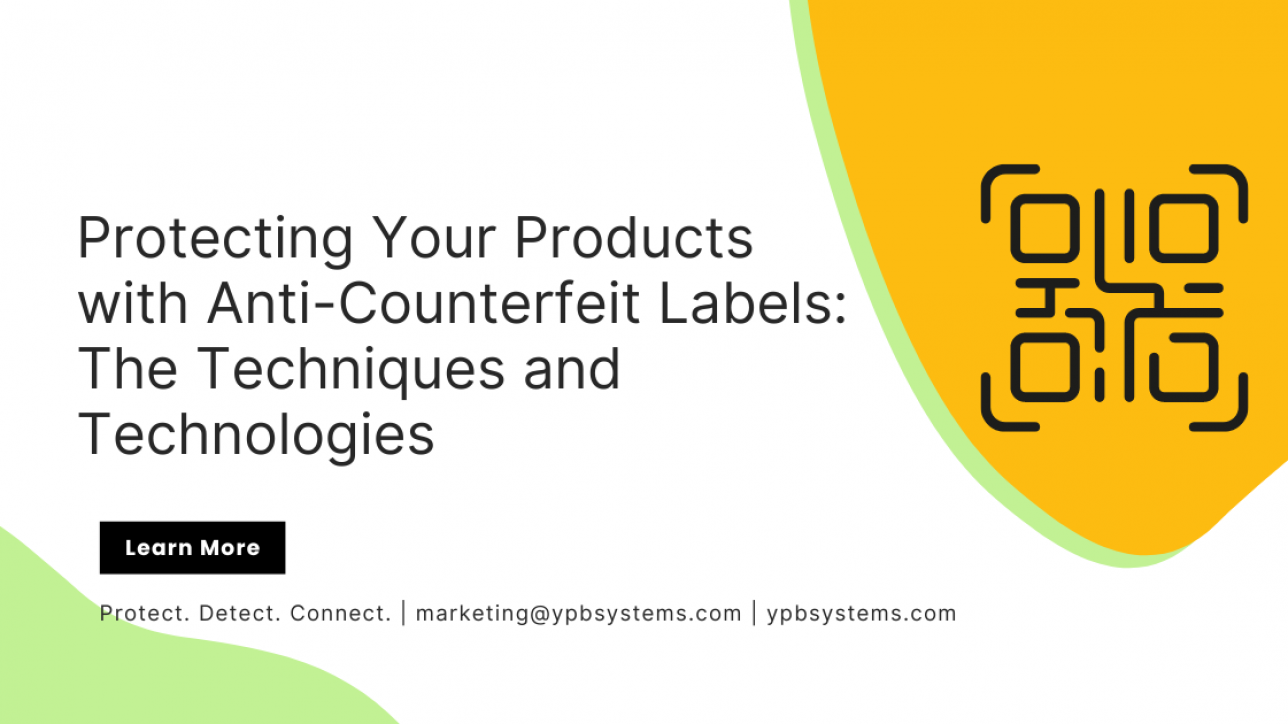With the rise of counterfeiting in the market, businesses need to take the necessary steps to protect their products and brand reputation. Anti-counterfeit labels are a critical component of a business’s defence against fake goods, providing multiple layers of security to prevent imitation and duplication. The latest technologies in anti-counterfeit labels, including overprinting and concealed features, anti-copy QR codes, and a combination of security measures, make it more challenging for counterfeiters to replicate products. By adopting anti-counterfeit labelling strategies, businesses can secure their products and ensure the safety of their customers, as well as protect their brand and revenue. It’s time for businesses to invest in the future of their product lines and safeguard themselves against counterfeiting.
Introduction: Protecting Your Products with Anti-Counterfeit Labels: The Techniques and Technologies
Counterfeiting of products is a growing concern for businesses, causing harm to their revenue and putting their reputation at risk. Anti-counterfeit labels, also known as copy-proof labels, are a must-have for businesses looking to protect their products and customers from fake goods. These labels are designed to prevent imitation and duplication, making it challenging for counterfeiters to replicate a product.
Overprinting and Concealed Features:
One of the widely used technologies in anti-counterfeit labels is overprinting or concealed features. These labels feature an overprint or concealed design that is visible only under specific circumstances, such as under UV light or a specialized lens. This makes it difficult for counterfeiters to replicate the label without the right equipment and expertise.
Anti-Copy QR Codes:
Another technology used in anti-counterfeit labels is anti-copy QR codes. These codes are unique to each label and can be scanned to verify the authenticity of a product. This feature also makes it convenient for customers to check the authenticity of a product by simply scanning the QR code using their smartphone.
Combination of Anti-Counterfeit Measures:
In addition to these technologies, anti-counterfeit labels can also consist of a combination of various anti-counterfeit measures, such as holograms, microtext, and watermarks. These measures work together to provide multiple layers of security and make it even more challenging for counterfeiters to replicate a product.
Importance of Anti-Counterfeit Labels for Businesses:
Anti-counterfeit labels are vital not just for the protection of businesses’ brand and revenue but also for the safety of their customers. It is imperative for businesses to adopt anti-counterfeit strategies to secure their products and customers from fake goods.
Conclusion: Protecting Your Products with Anti-Counterfeit Labels: The Techniques and Technologies
In conclusion, businesses that aim to stay ahead of counterfeiting should embrace the latest security labelling technology. From overprinting and concealed features to anti-copy QR codes, these measures help ensure products are safe for customers by making them difficult or even impossible for counterfeiters to replicate. Investing in anti-counterfeit labels is a proactive approach to protecting your product lines from being compromised and safeguarding your business against malicious actors in the future.
Discover the Power of Anti-Counterfeit Labels: Protect Your Products and Customers Today

